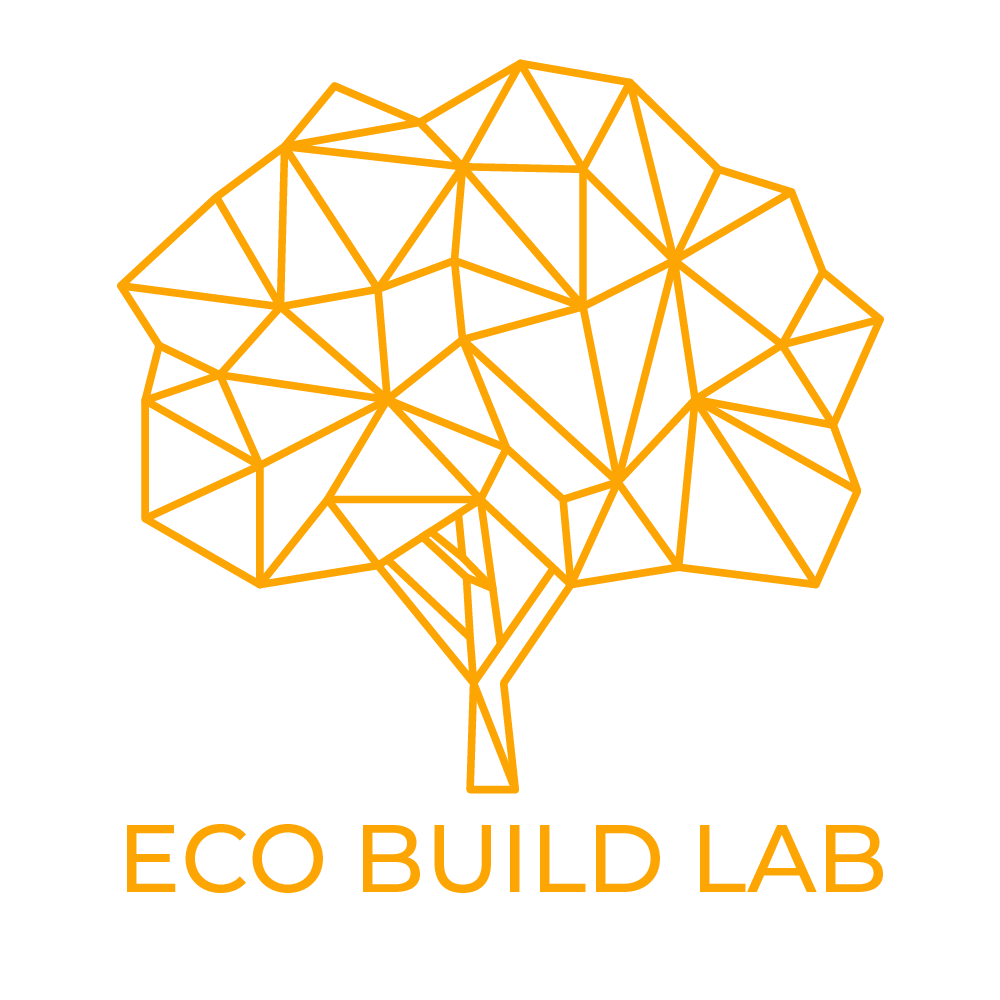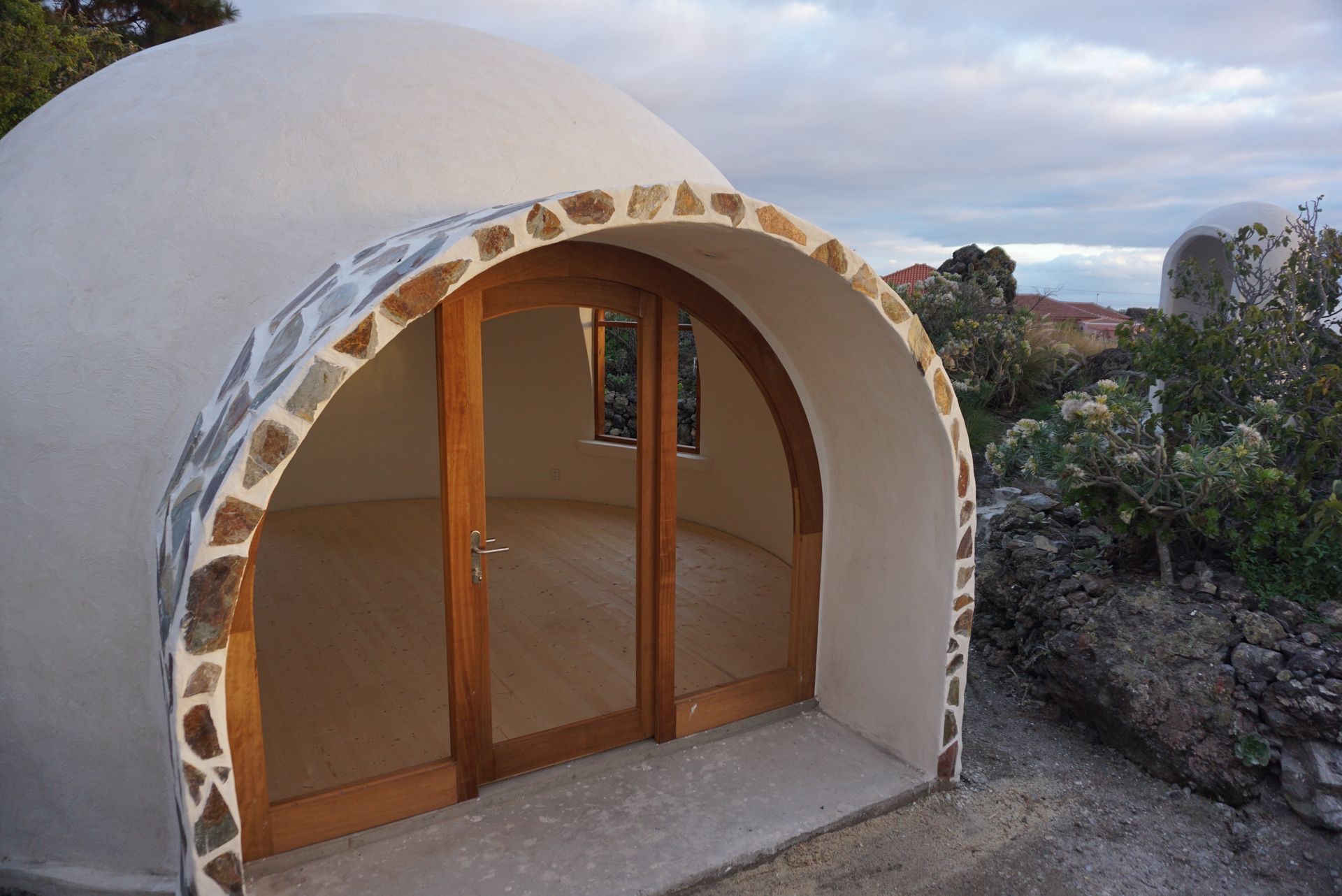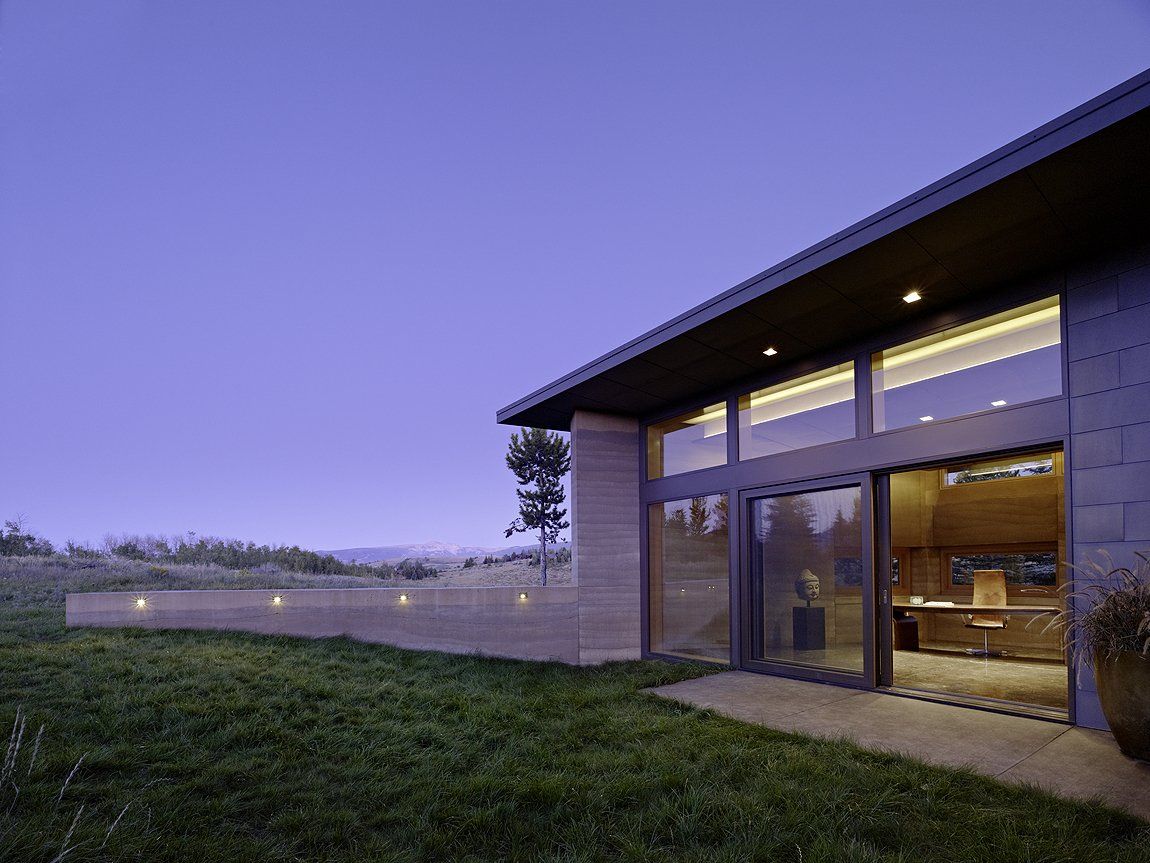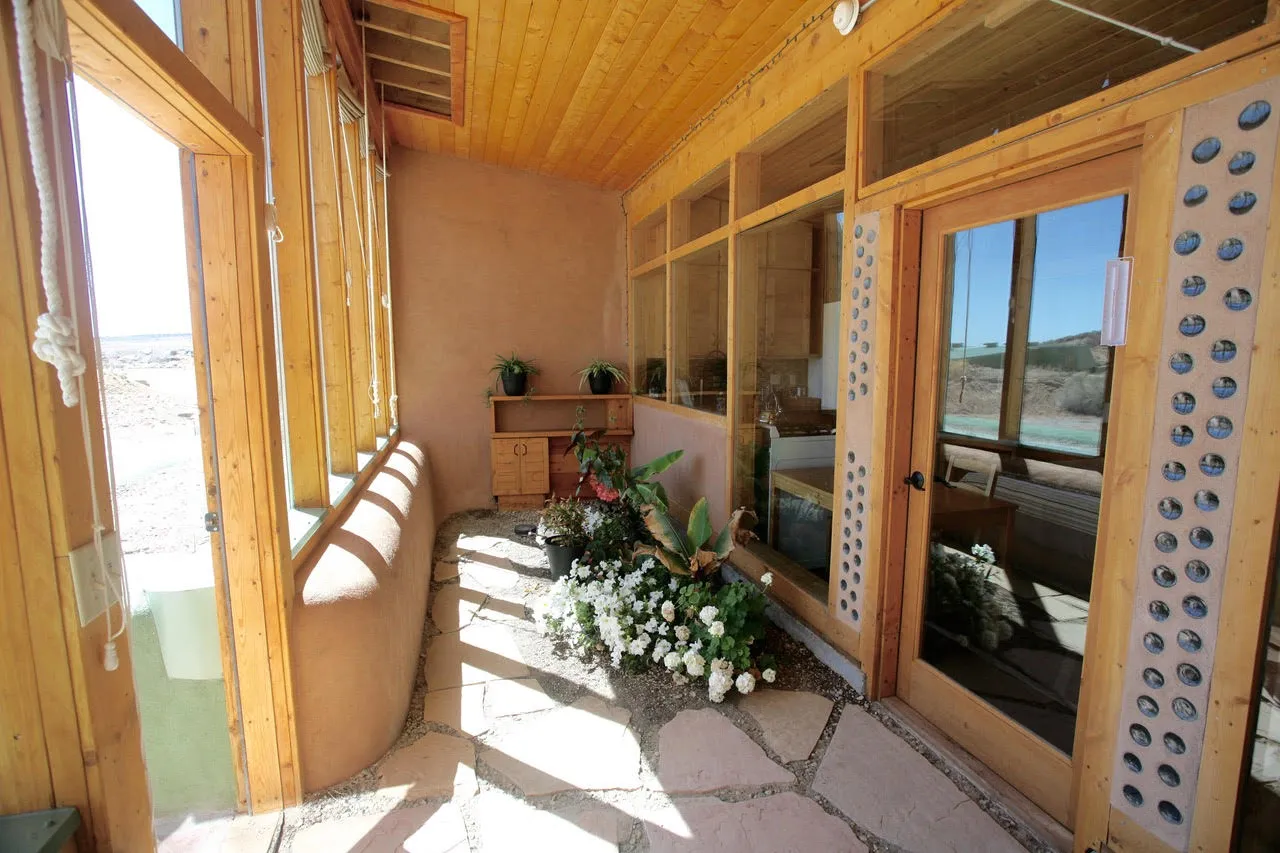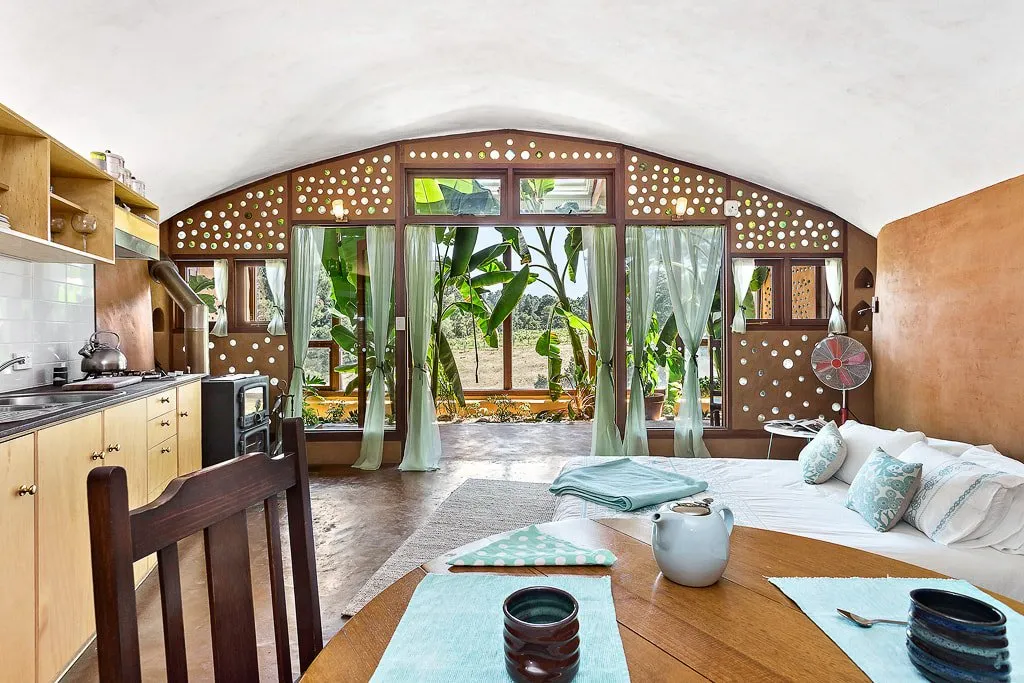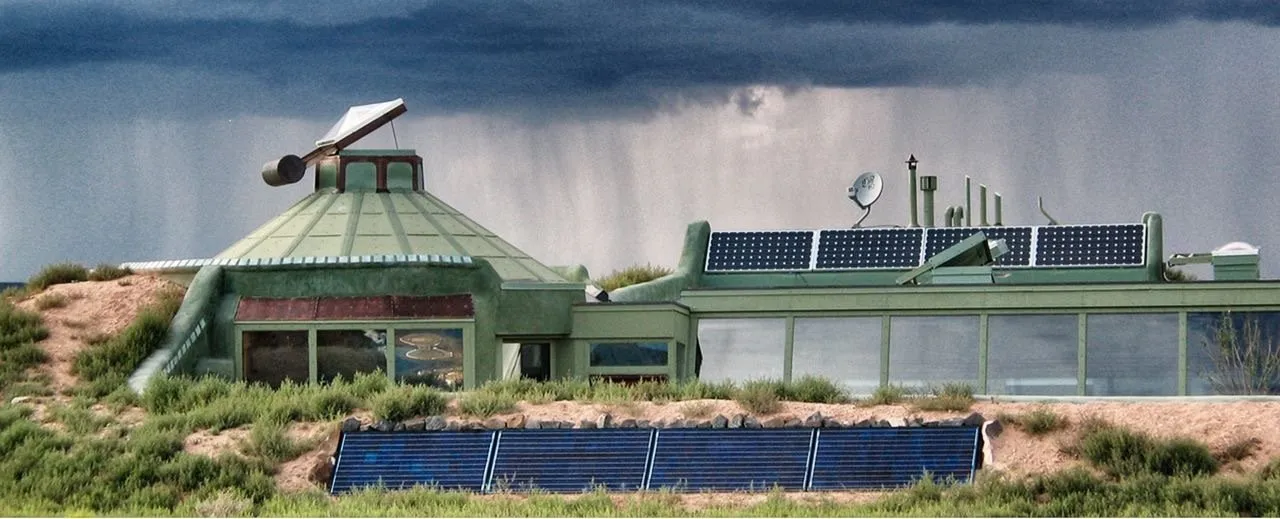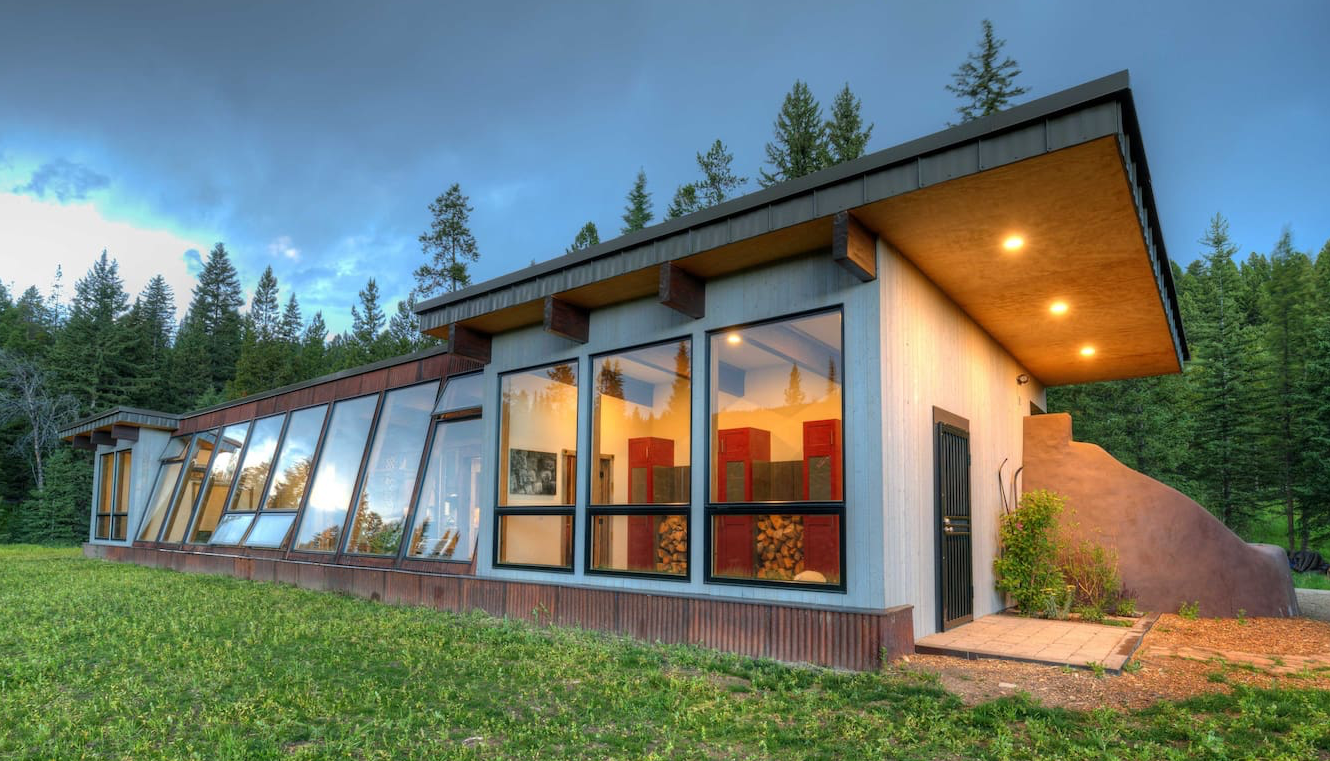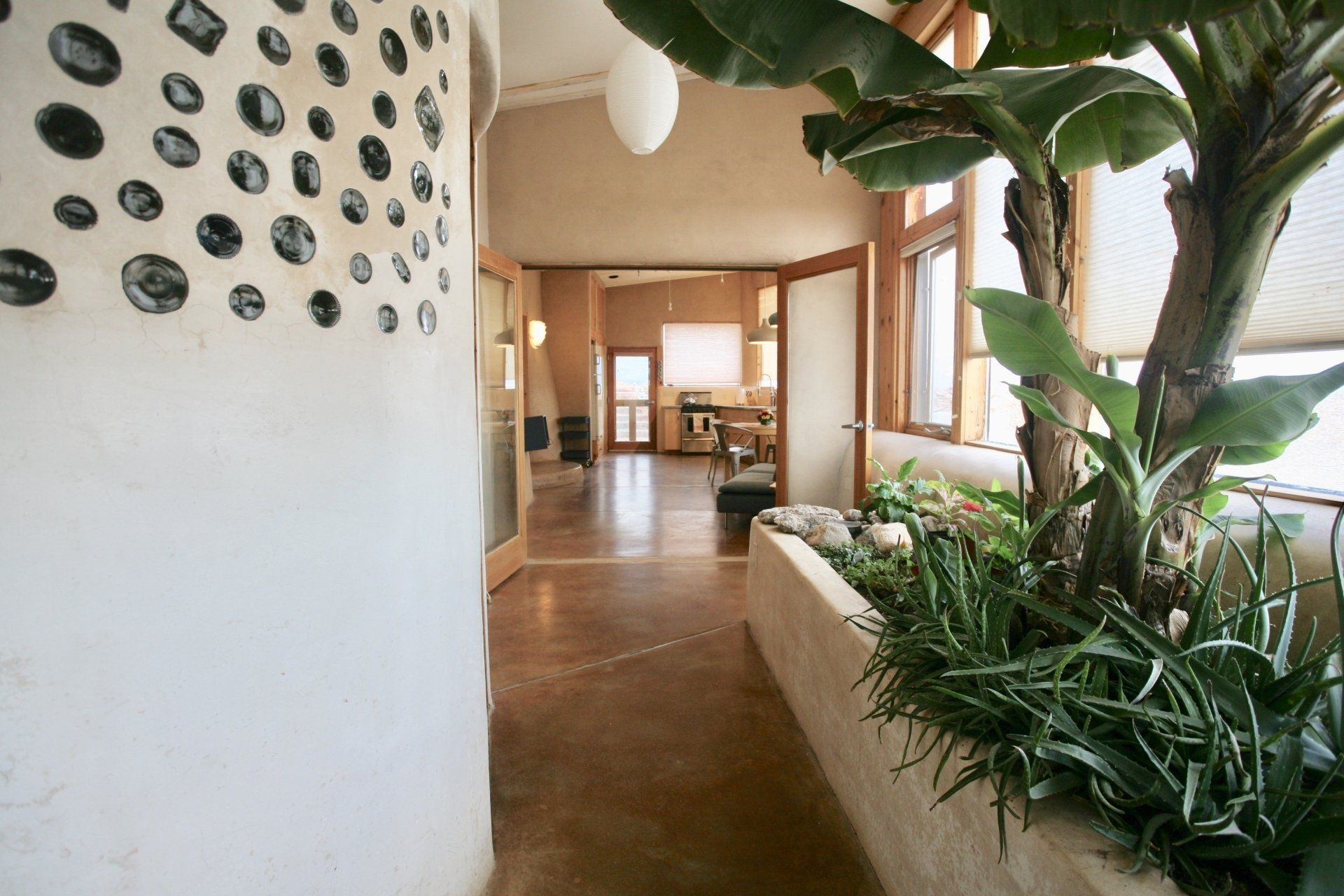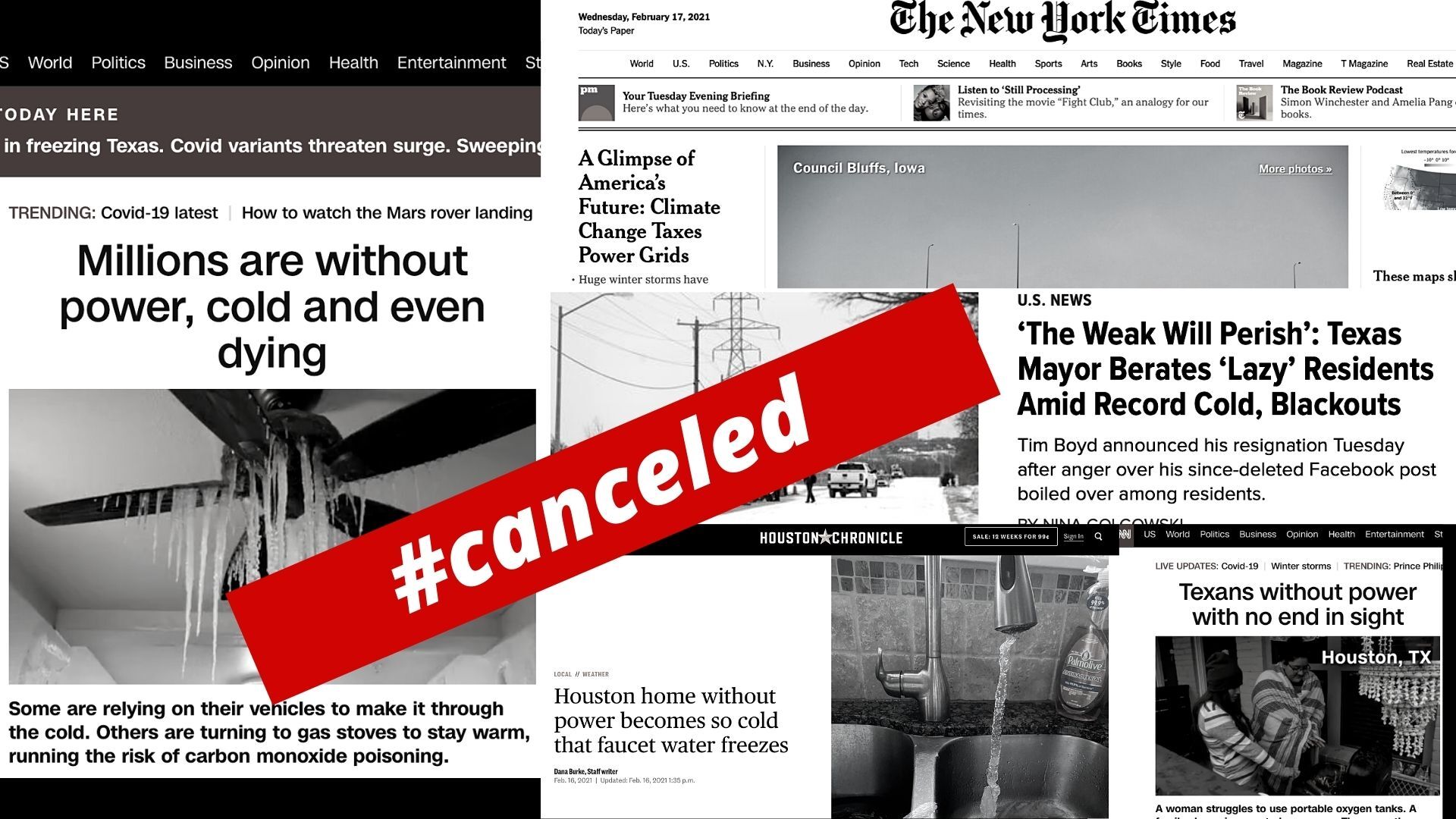On-The-Grid vs. Off-The-Grid
Elizabeth Wolfe • January 30, 2021
Why go off-the-grid? And what does it mean anyway?
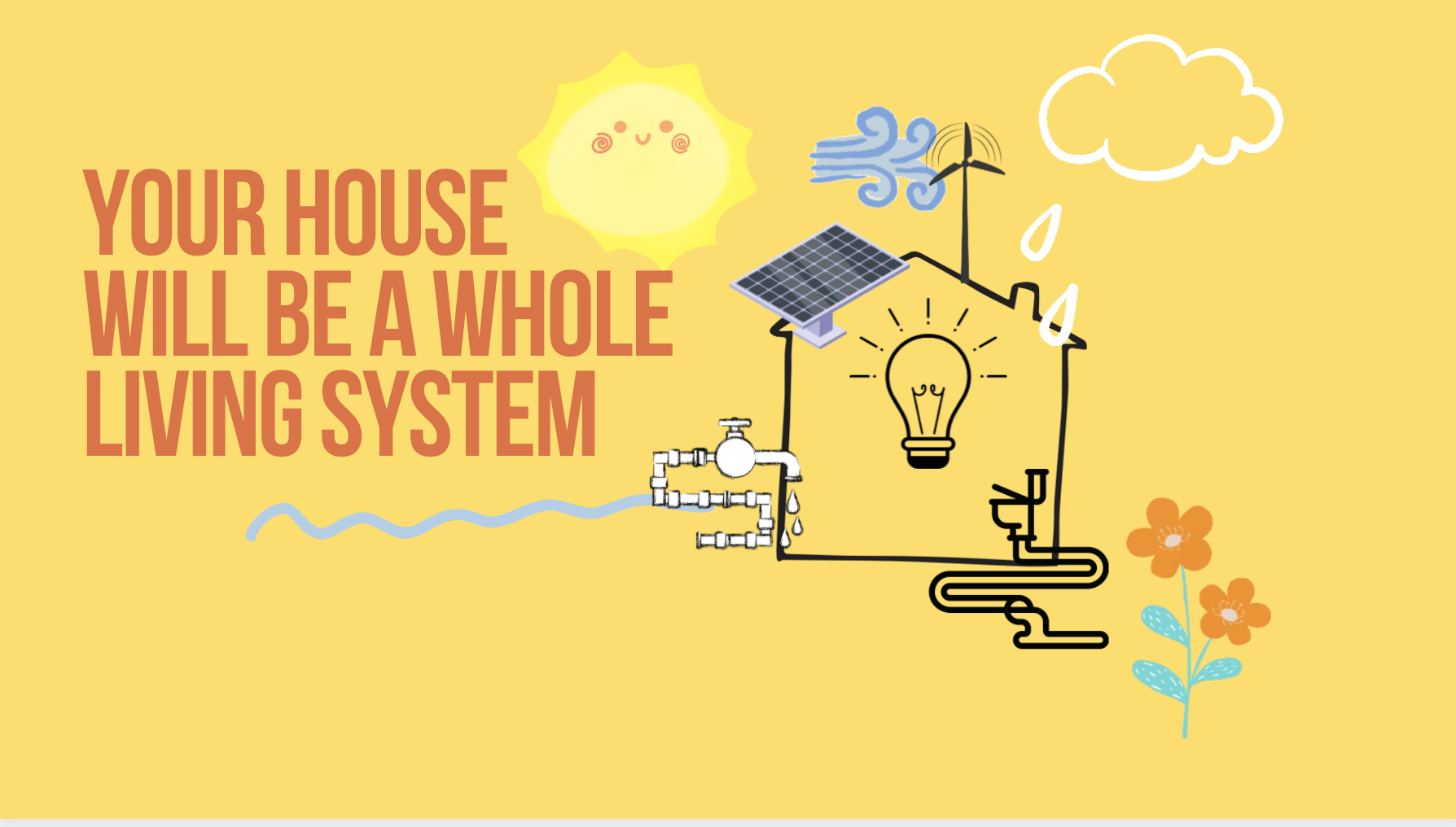
You might have heard the phrase “going off-the-grid”, but might not be sure exactly what it means. For this book we're not talking about spending a long weekend on an azure blue beach with an actual book, turning off your cell phone or not checking your social media for a week. When we refer to the grid we are talking about the network of pipes and wires, power plants, sewage treatment facilities, even giant wind farms that create an interconnected maze providing our homes, businesses and institutions with heat, AC, water, electricity, and septic. These grids are so pervasive, so integral to day-to-day life as to be rendered invisible (though the bills they produce, air and water they pollute, etc. are not).
The only time we really notice the grid is when it's not there anymore - a city gone dark, rotting food in a warming fridge, and a toilet that won't flush. We've all experienced this or at least seen it on the news.
Though the power and water grids are the lifeblood of the modern world, their infrastructure is depressingly analog and vulnerable. It is physical and static, if a wire is severed the thing it's attached to will stop working - whether it’s a TV or an entire city. If a water source is contaminated it affects everyone attached to that source. We are all essentially patients on life support. These tubes, pumps, catheters, and conduits connect to us everywhere we go, and keep us alive.
There are many reasons for interruptions to the grid. Weather, solar flares, maintenance, computer glitches, planned brownouts, overuse of electricity on hot summer days, etc.. Furthermore, we know we can expect more frequent and longer interruptions as much of the US infrastructure is aging and outdated.
Only 150 years ago humans lived, learned, created art, and loved without the grid. Now we have become addicted to it and are in danger of experiencing paralyzing withdrawal without it. When the grid goes down for one day, neighbors break out the BBQ and share their thawing bounty. Three days without the grid, people start getting hungry and things get tense. Longer than a week? Not pretty.
Wait! Don't stop reading! This is not intended to be a scary survivalist screed found in an underground bunker next to 5 gallon tubs of almonds and dry beans. There are many more reasons for considering going off the grid other than fear of outages and the zombie apocalypse.
Going off-the-grid can:
- Help you do your part to off-set climate change
- Help you to align your lifestyle with your belief system
- Connect you more intimately with the seasons, weather, and the natural world
- Provide a sense of self-sufficiency and independence
- Reduce or eliminate your utility bills
- Allow you to buy a less expensive (unimproved) parcel of land on which to build a home.
- Allow you to build on an island or remote location not currently on the grid
Going off-the-grid does not mean you are living without water, electricity, temperature control, or sewage treatment. There are many ways these necessities can be provided on an individual, cellular basis and this book will introduce some of these system concepts. It will also be a personal guide for your journey to move in the direction of living a more sustainable lifestyle. While some people have been inspired to hastily pack up their modern lives and move to a cabin in the woods, many times they fail and come back to the real world with their tail between their legs. We recognize that forethought and preparation can smooth the transition, realign expectations, and increase the odds of success.
We are not advocating escapism or some romantic Walden Pond ideal. This is for people who want to live comfortably
off the grid with as many of the modern amenities they absolutely do not want to live without. This book is for people who want to live in the current paradigm, but in a more responsible, sustainable way.
There is no one-size-fits-all solution that is globally applicable for making these changes. We are here to help you figure out (or at the very least help you rule out) some of the many off-grid options. Whether you are wanting to build your dream home, a retirement dwelling, an investment property, a vacation home, or your Plan B getaway house for when the "s" hits the "f"? Our goal is to help you understand the overall concepts so that you will be able to make intelligent decisions and navigate the sometimes confusing and often difficult world of off-grid building & living.
Cool, but what are grids again?
Grids can be physical, digital, or ideological. Most of us in the "modern" world are connected to multiple grids at once.
Let's look at some examples of grids:
- The electricity grid
- The water grid
- The sewage grid
- The internet/communications grid
- Food manufacture and distribution grid
As the world continues to become more industrialized, grids are growing bigger and more centralized (political and economic power, information storage and analytics, industrial agriculture, and transportation). These big, centralized grids are subject to service interruption, price manipulation and privacy breaches. Yet we still tend to rely on them exclusively for meeting our basic needs and providing a sense of identity. The old adage "the bigger they come, the harder they fall" applies to most grids. We know that one small failure in the system can bring down the whole thing - affecting thousands, even millions of people. We need to become less dependent on large, faceless entities, more community oriented, and more self-reliant when it comes to meeting our basic needs and understanding who we are in the world. The amazing thing is that we already have the technology and know-how to live in decentralized, stronger, greener, and more resilient ways.
Knowing that you want to start this journey is the first step. Knowing why you want to make the journey will inform all the other steps and decisions on your path to a comfortable and independent life.
We are currently developing tools and processes to help people, like you, determine if going off-the-grid is the right step for you. Our courses are in beta testing at the moment but will be released in the Spring of 2021. Please check our website
soon to see when they are available.
SUBSCRIBE
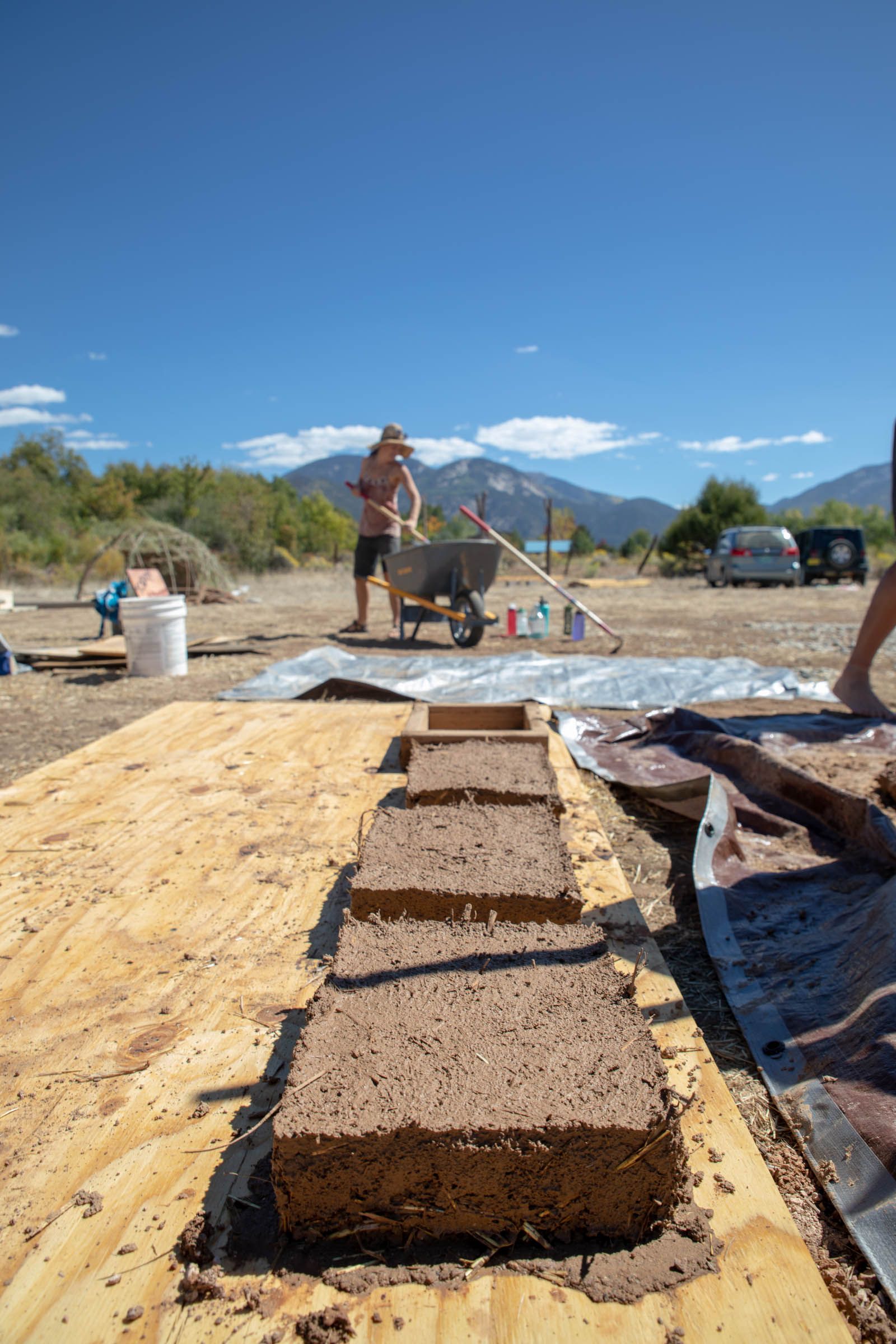
Adobe is more than Photoshop and Acrobat. It’s a building material that has been used for thousands of years! Adobe is a mixture of high-clay content dirt, course sand and long straw. It has excellent thermal mass qualities. The adobe mixture is put into brick forms (standard size is 10”x14”). With the right mixture, the forms will slip right off and the wet bricks are left to dry out in the sun. After the bricks are fully dry, they can be used for construction using typical bricklaying methods. The best mortar to use with adobe bricks is composed of the same materials used to form the bricks- dirt and sand. The mortar mixture is simply a wetter adobe mixture- minus the straw, which is not necessary. In many Southwestern states in the U.S., adobe meets building codes as long as your first two courses of brick are reinforced with a stabilizer (Portland cement or asphalt are commonly used). Adobe works best in dry climates since it does not hold up well against water infiltration. If your building is covered with adobe plaster on the outside, you will, most likely have to re-apply the mud plaster on the exterior of your building every year. One way to not have to re-apply as often is to have large roof overhang to help protect the adobe mud plaster. You could also finish your mud plaster with a lime plaster which is more waterproof, and still allows your building to "breathe". Yet another way to get around this maintenance is to cover the exterior with a cement stucco mixture. Hairline cracks can develop with stucco, so you will need to re-stucco every 5757706203 years, but it will keep the water out, and you will have to reapply much less often than mud plaster. Another downside to stucco is that your bricks won't breathe as well, and your walls may fail or need to be repaired if the bricks are too suffocated. Really, adobe bricks can be finished in a variety of ways! We recommend insulating the exterior of the bricks to take full advantage of their thermal mass capabilities on the inside -this will help you stabilize your interior temperature and possibly help you heat and cool your home under the right circumstances.

